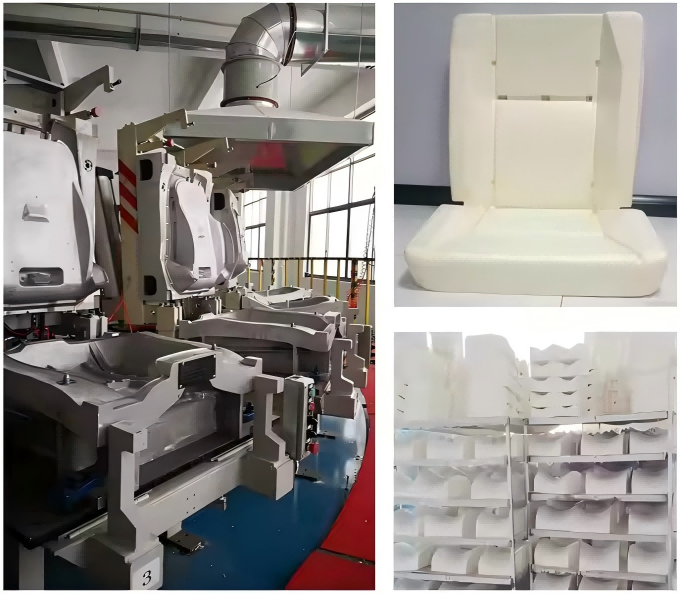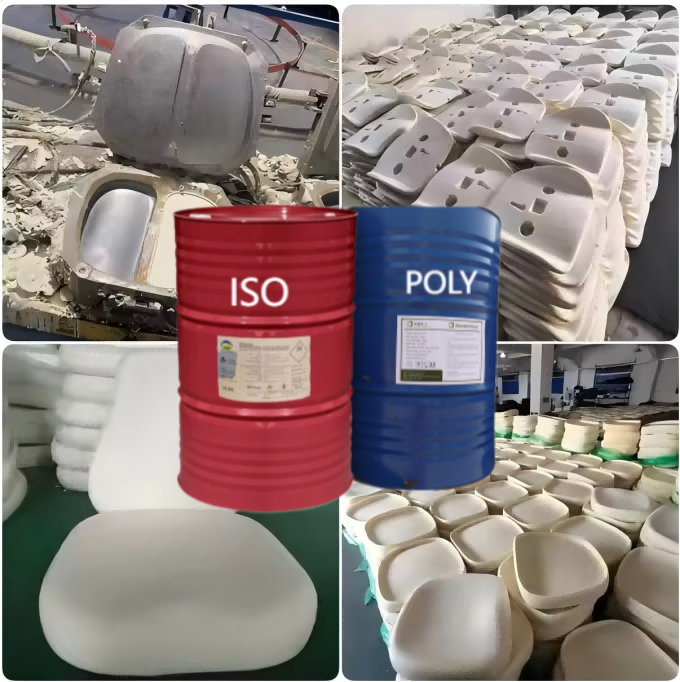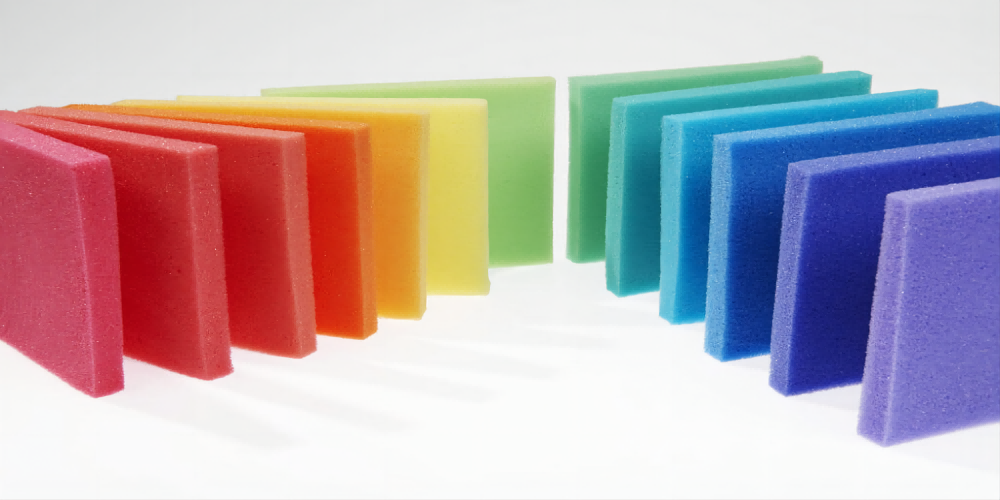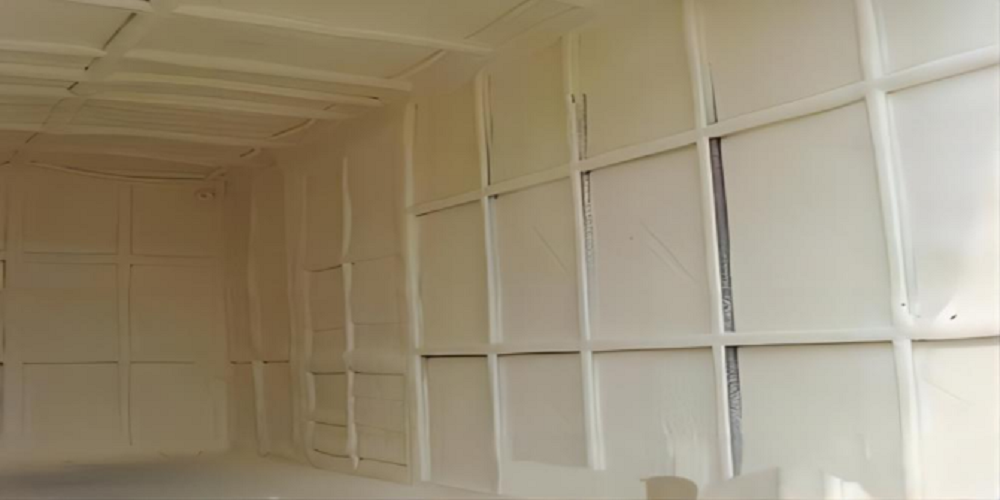
Common problems and solutions of high resilience molded foam
Molded high resilience is a kind of flexible foam with excellent properties, such as light weight, softness, high resilience and high hand comfort, etc. and is also widely used in automobiles, furniture and other industries related to daily life. However, some problems in the production process are becoming more and more concerned by producers.
Here are some common problems and solutations to share with you:
1. The epidermis of the product peels
This phenomenon is usually caused by low mold temperature, and if the peeling is done at the beginning of the gun, it may be related to the machine.
2.The closed-cell shrinkage of the product
Generally, high-resilience molded products must go through the hole breaking process when the mold is released. If it is difficult to break the hole, or the product cracks during the hole breaking, the product will shrink.
Reason: the ratio is too low, the molding ratio is too large, and the amount of silicone oil is too high; Foaming reacts to the gel too quickly.

3.Voids in the product
There are many reasons, such as insufficient molding, too high mold temperature, low silicone oil content, unbalanced reaction, and slow gel. If there is a void at the edge corner or in the complex structure, the main reason is that the molding is uneven, the local molding pressure is too low, and the pressure is relieved. In the case of large molding, the molding must be uniformly sealed.
4.The bubbles Collapsed
There are many reasons for this. First of all, there is a big difference between manual foaming and mechanical foaming. If it is a high-pressure machine and the mixing is not good, it is good to adjust the high pressure;The ratio of material A and B is out of balance, usually there is too much material B; Silicone oil is low; The imbalance between the foaming catalyst and the gel catalyst, and if the gel is not enough in the later stage, it can be solved by increasing the gel catalyst or increasing the amount of crosslinker or reducing the dose of opening pores.





